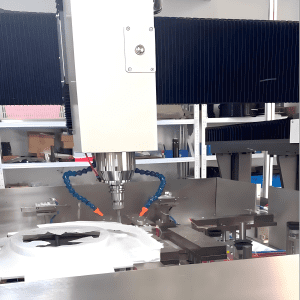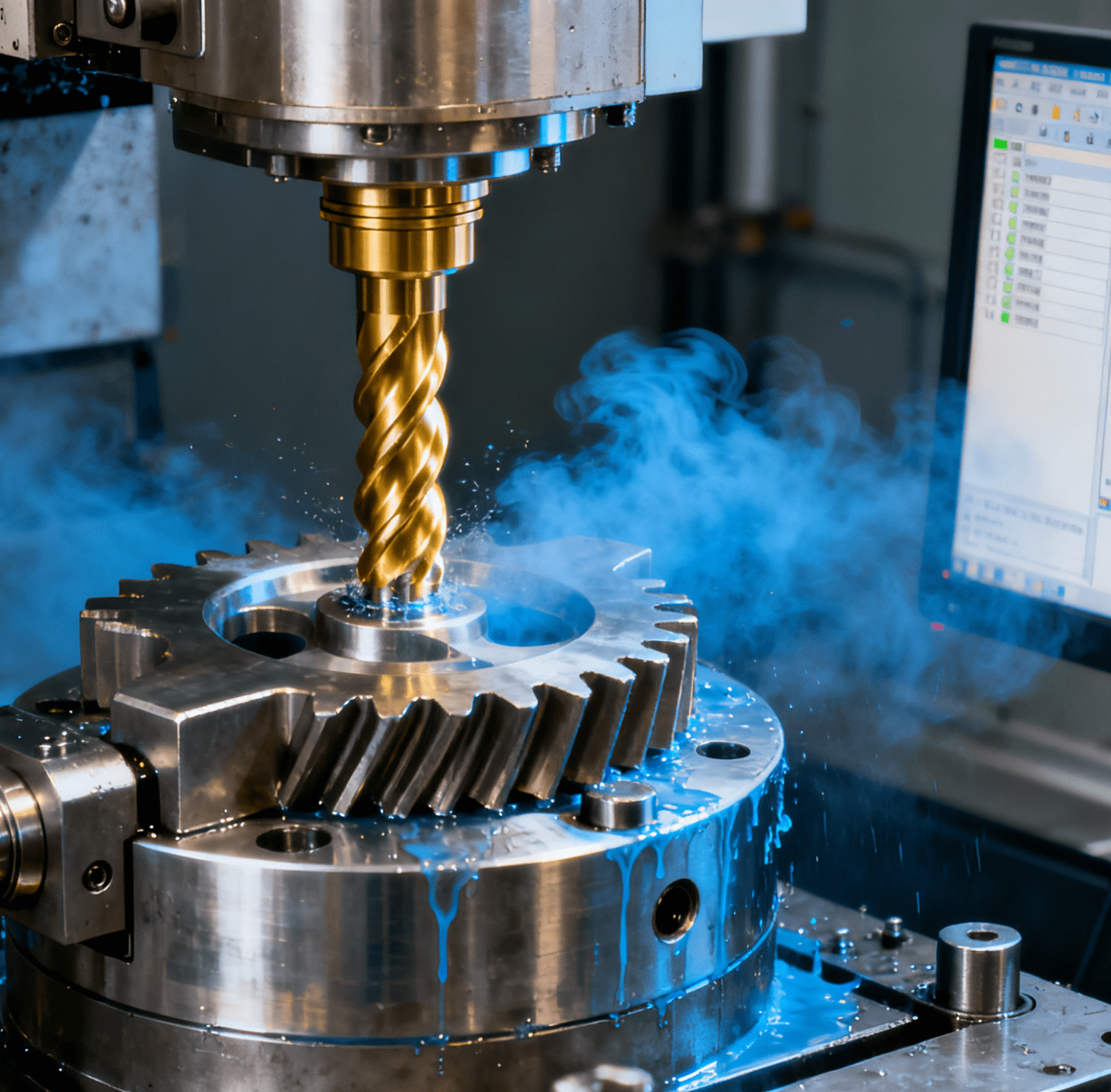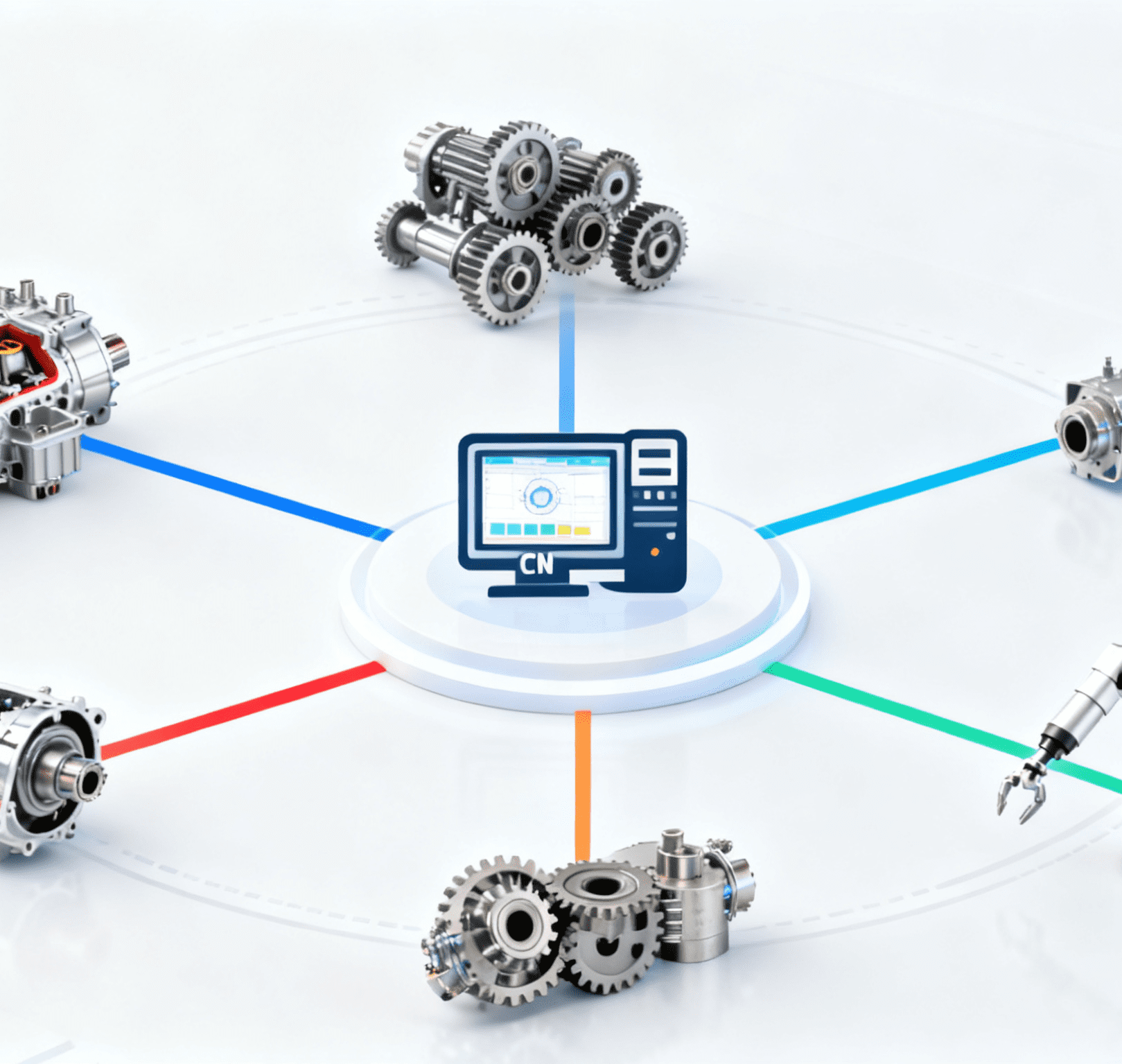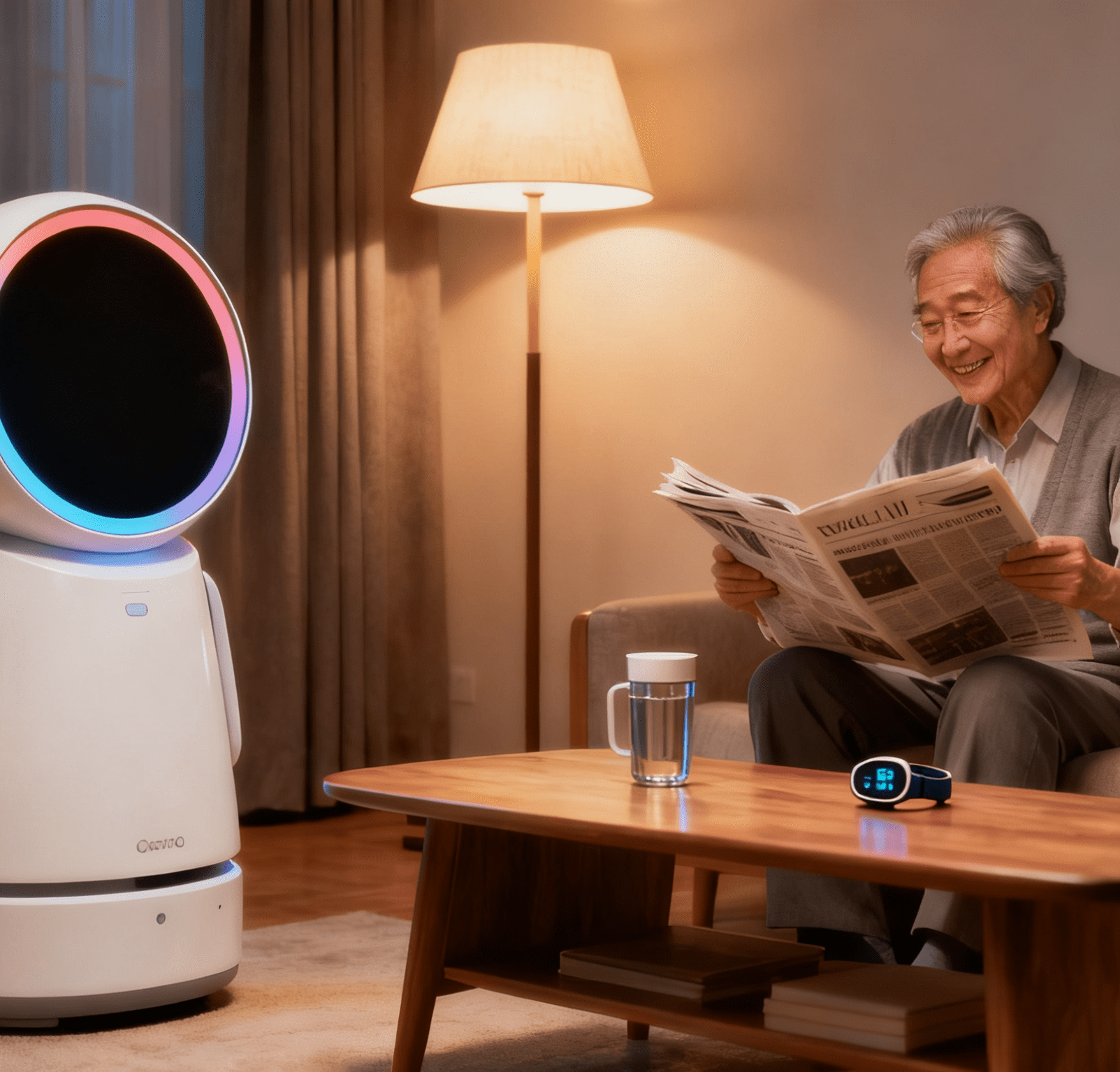Table of Contents
ToggleThe “Home Appliance – like Transformation” of Bathroom Products: A Technology – Driven Shuffle Competition Kicks Off
Is a smart toilet a bathroom product or a home appliance?
Automated quality inspection equipment for sanitary ware assembly, shower head assembly equipment, bathroom fixture assembly equipment, toilet assembly production lines, etc. In the automotive field, there are contactor assembly machines, fuse assembly machines, etc.In the ever – evolving landscape of modern living, a remarkable transformation is underway within the realm of bathroom products. The age – old question of whether a smart toilet belongs to the category of bathroom items or home appliances, which once had a straightforward answer a decade ago, has now become a topic of much debate. Back then, toilets were simple ceramic fixtures, bathroom cabinets were primarily for storage, and electronics merely added a touch of ornamentation. However, the technological revolution has been relentless, and today, we are witnessing a paradigm shift that is blurring the lines between traditional product categories. At the 2025 China Appliances and Consumer Electronics Expo (AWE), this shift is on full display. JOMOO’s Smart Bathroom 3.0 has seamlessly integrated into the HarmonyOS ecosystem across all scenarios, collaborating with Huawei to present a comprehensive “human – vehicle – home – city” smart ecosystem centered around people and real – world scenarios. Meanwhile, home appliance giants like Haier are redefining the concept of home comfort with their “Smart Health and Elderly Care” initiative, prominently featuring smart toilets in their product portfolio. Driven by the relentless march of technologies such as the Internet of Things (IoT) and Artificial Intelligence (AI), smart toilets, smart bathroom cabinets, and other digital – intelligent bathroom products are being propelled into new roles. Smart toilets now double as intelligent recognition and health – monitoring devices, while bathroom cabinets have transformed into the intelligent nerve centers of the bathroom space. It’s evident that smart bathroom products are gradually shedding their traditional “building materials and hardware” identity and are rapidly gravitating towards the realm of “consumer electronics.”
01 The Times Have Changed, and the “Home Appliance – like Transformation” of Bathroom Products Is an Irreversible Trend
Every change of the times is driven by technological leaps, which not only bring about improvements in efficiency and optimization of the user experience but also reshape the form of products time and time again.
In the past, bathroom products only served basic functions. However, the deep integration of AI and IoT has quietly redefined the boundaries of bathroom products, endowing them with characteristics similar to home appliances, such as intelligence, scenario – based application, strong interactivity, and rapid iteration.
There are three driving forces behind the conclusion of the “home appliance – like transformation” of bathroom products.
The first is policy – driven. Smart bathroom products will need to obtain the “3C certification” to enter the market.
As early as September 2023, the China Household Electrical Appliances Association expanded the scope of the Safety Service Life of Household Electrical Appliances. Smart toilets, like home appliances such as refrigerators, washing machines, and air conditioners, were included in the management standards of “household electrical appliances”, and the safety service life of smart toilets was clearly set at 8 years.
In April 2024, the General Administration of Market Supervision officially implemented CCC certification management for smart toilets. Starting from July 1, 2025, products such as electronic bidets included in the CCC certification catalog should be CCC – certified and marked with the CCC certification logo before they can be sold on the market.
As one of the earliest bathroom products with the prefix “smart”, the CCC certification and service life regulations for smart toilets are undoubtedly important signs of the “home appliance – like transformation” of bathroom products.
The second is demand – driven. Smart bathroom products are evolving from being a “niche” choice to a “mass” product.
Relevant data shows that the sales volume of smart toilets in China was 4.93 million units in 2016, increased to 7.54 million units in 2019, and further reached more than 10 million units in 2022. Although there is still a significant gap in sales volume compared with traditional toilets, the market growth rate of smart toilets far exceeds that of traditional toilets.
For reference, from 1992 to 2010, the ownership rate of smart toilets in Japan increased from 14.2% to 71.6%, gradually completing the transformation from “niche” to “mass”. An important factor is the change in consumption concepts – emphasizing personalized and branded needs.
Currently, China’s Engel coefficient is approaching that of Japan. Smart bathroom products that meet the needs of health and personalization have already entered a spiral growth stage.
The third is product – driven. Smart bathroom products are evolving from a single – point to an integrated system.
Going back to March 2023, JOMOO, a leading bathroom brand, released the industry’s first “Technology Strategy” and put forward the proposition of “Technological Bathroom, Global JOMOO”. At first, many people did not understand the concept of “technological bathroom”. After two years of development, the value of technological bathroom products has gradually taken root in people’s hearts.
It’s not just the smart toilet that JOMOO started researching and developing in 2010. JOMOO’s “technological bathroom” products have gradually been implemented in various categories such as bathroom cabinets, showerheads, hardware, and shower rooms. All products in the product line are evolving towards intelligence: Smart toilets can provide functions such as feminine care, hip washing, drying, and sterilization, and assist in health detection; Music showerheads can moisturize the skin, relieve stress, and even enable users to sing karaoke; Smart magic mirror cabinets can automatically adjust the makeup lighting and guide users to brush their teeth correctly; In addition to heating and drying functions, bathroom heaters can also remove moisture and odors; Even the clothes drying racks can be automatically raised and lowered, provide lighting, and dry clothes.
Bathroom products are just a category of essential goods with high frequency of use. The comfortable and healthy life experience brought by intelligence is constantly subverting people’s imagination of the bathroom space, and like home appliances, it has triggered a boom in “trading in the old for the new” to embrace intelligence.
Under the combined effect of these three driving forces, smart bathroom products have changed users’ expectations and the definition of products. They are gradually shedding their “tool” attribute and becoming an indispensable part of a smart life. At the same time, they will also have a profound impact on the development trend of the bathroom industry.
02 The Logic Has Changed, Shifting from “Selling Products” to “Selling Scenarios”
The evolution from traditional bathroom products to smart bathroom products is similar to the transformation from traditional cars to smart cars. It has not only changed the product form but also rewritten the underlying logic of the industry.
In the narrative of traditional bathroom products, the prosperity of the industry is directly linked to the popularity of the real estate market. However, in the context of smart bathroom products, the industry has already entered the stage of stock competition. Just like the home appliance industry, the consumer side has become a key variable, posing new challenges to the R & D, brand, and strategy of bathroom enterprises.
From the previous procurement logic for the B – to – B market to the retail logic dominated by the consumer side, the bathroom industry is undergoing a profound transformation of survival of the fittest.
The first change is from competing on price to competing on innovation.
The “toilet seat incident” ten years ago not only reflected the consumption demand for smart toilets but also the market expansion model mainly based on price wars.
Industry leaders like JOMOO recognized the importance of innovation at that time. They proposed the famous Innovation Basic Law, stipulating that at least 10% of the annual revenue should be used for technological innovation and product R & D, and established a pyramid – shaped innovation and R & D system of “three – year application, five – year foundation, and ten – year theory”.
The real estate dividend once masked the disadvantages of price competition. However, when the bathroom industry entered a new cycle, especially when robots and AI became the main themes of innovation, JOMOO decisively launched the cooperation on the application of the AI and robot industrial ecosystem for technological bathroom products, and together with upstream and downstream partners in the industry, they sounded the “assembly call” for the evolution towards AI and robots. Some brands that continued to neglect R & D and occupied the market with low prices were gradually forgotten by the market.
The second change is from competing on functions to competing on scenarios.
The value benchmark of smart bathroom products has never been determined by the number of new functions added but by a paradigm shift: providing scenario – based user experiences.
Just as depicted in the scenario of JOMOO Smart Bathroom 3.0: When you enter the bathroom space, the toilet lid will automatically open. When you sit down, functions such as the magic bubble anti – splash and the deodorization function of the bathroom heater will be intelligently triggered; When washing, the smart magic mirror cabinet can correct your brushing actions in real time and become the smart hub for health management; When entering the bathing scenario, the X200 shower with the instant hot and cold water technology will automatically pre – drain the cold water; Before you get home, you can also remotely control the preheating of the bathroom heater, set the shower time, and project the screen on the magic mirror through the APP…
In a nutshell, smart bathroom products have long bid farewell to the single – product intelligence of simply piling up functions and have entered the era of smart scenarios centered on user experience, achieving seamless coordination of life scenarios such as washing, makeup, using the toilet, dehumidifying, and bathing.
The third change is from competing on channels to competing on ecosystems.
The evolution of the bathroom industry is ultimately inseparable from housing needs and is bound to be in harmony with the exploration of the real estate industry entering a new cycle – building “good houses”.
A mainstream view is that “a good house should be a stationary smart terminal”. This metaphor is very appropriate and also points the way for the bathroom market: Smart bathroom products are not a solo battle but need to cooperate with upstream and downstream industries in the industry and be laid out with the thinking of a systematic project.
Taking JOMOO as an example again, it carried out cross – border cooperation on smart bathrooms with Huawei HarmonyOS Smart Home in 2016, took the lead in joining the HarmonyOS Connect ecosystem in 2021, and jointly launched the smart magic mirror cabinet in 2024. “JOMOO Smart Bathroom 3.0” has been regarded by Huawei as an important part of the HarmonyOS Smart Home space solution… The house becomes a smart terminal, and the spaces including the bathroom are like modular applications. Whether they can be compatible with the ecosystem of the smart terminal will directly affect consumers’ choices when purchasing products.
In other words, whether it is “competing on innovation” at the product level, “competing on scenarios” in terms of user experience, or “competing on ecosystems” in the long run, the underlying logic of smart bathroom products is no different from that of home appliance products. The crises and opportunities that once occurred in the home appliance industry are likely to be repeated in the bathroom industry.
03 The Contradictions Have Changed, and the Shuffle Competition in the Home Appliance Industry Will Replay in the Bathroom Industry
Looking back at the development trajectory of the Chinese home appliance market, there are three distinct turning points.
1.The rise of national brands: Local brands were eliminated in the fierce market competition, and national brands such as Haier, Gree, Hisense, and TCL quickly emerged.
2.The decline of foreign brands: After the rise of local brands, the market concentration in the home appliance industry increased rapidly, and foreign brands such as Sharp, Toshiba, Hitachi, and Philips gradually declined.
3.The globalization of Chinese home appliances: Relying on the “dimensionality reduction advantage” of intelligence, even in Japan, where the belief in domestic products is strong, Chinese home appliances already occupy 70% of the shelves.
Based on this, when judging the development trend of the Chinese bathroom industry in the next 5 to 10 years, the shuffle competition in the home appliance market is likely to be repeated in the bathroom industry.
First of all, there is the Matthew effect in the market, typically manifested by the continuous concentration of market share in leading brands.
For example, the implementation of CCC certification management will accelerate the withdrawal of unqualified products from the market, creating a relatively fair competition environment.
Some brands lacking technical strength, with unqualified product quality and imperfect after – sales service will be eliminated, gradually increasing consumers’ brand awareness and loyalty, further squeezing the living space of small and medium – sized brands, and the market share will concentrate in leading brands.
For another example, scenario – based experiences and cross – border ecosystem cooperation will continuously raise the entry threshold for smart bathroom products, resulting in a situation where good products drive out bad ones.
The previous strategy of white – label and small brands relying on low prices to impact the market is no longer effective. More and more consumers are choosing leading brands with innovation capabilities. Under the influence of the “Matthew effect”, similar to the home appliance industry, the bathroom industry will present an inverted pyramid structure in which leading brands occupy most of the market share.
It can be evidenced that currently, the concentration of the top 3 brands of smart toilet lids has exceeded 60%, and among smart all – in – one toilets, the top 5 brands already occupy more than half of the market share. Considering JOMOO’s layout in robotic bathroom products, the gap in innovative cooperation among the upstream and downstream industrial chains will be infinitely widened. It is only a matter of time before the smart bathroom market becomes more concentrated.
At the same time, a “reverse occupation” will occur, and Chinese brands will ride the wave of smart bathroom products to enter the global market.
There is a technological gap between different generations. In the television industry, brands such as Hisense and TCL defeated Toshiba and Sony with intelligent experiences. In the bathroom industry, brands like JOMOO, which are “armed” with digital intelligence, are now challenging the “home bases” of overseas brands such as TOTO, Panasonic, and Kohler in the global market.
A direct example is that at the CASA DECOR exhibition in Spain on April 3, JOMOO was the first Chinese bathroom brand to participate in this top – level global luxury home design exhibition and won the recognition of the European and American markets with its digital and intelligent product matrix. This also indicates that JOMOO, which has achieved good market performance in Southeast Asia, is now setting out to build a market advantage of “technological bathroom” globally.
One can get a glimpse of the whole from a part.
In the past, the bathroom industry was a long – cycle industry with slow product updates, resulting in many overseas brands being insensitive to innovation. The “home appliance – like transformation” of bathroom products has brought the entire industry onto the fast track of innovation. Some slow – reacting enterprises have fallen behind in innovation and have been marginalized by the market without realizing it.
Taking e – commerce, which serves as a consumption vane, as an example. Currently, among the sales rankings of smart toilets on domestic e – commerce platforms, 7 out of the top 10 brands are domestic brands, and brands such as JOMOO and ARROW are at the forefront, while Panasonic, TOTO, etc. have been pushed to the bottom.
The reason in not difficult to explain.
Smart bathroom products have changed the product form, influenced users’ mindsets, and also inadvertently accelerated the transfer of “contradictions”: In the past, domestic brands could only compete for the low – end market and fell into endless internal competition. Now, with intelligence opening up the global market, the competition naturally shifts to overseas brands.
As TOTO stated at the half – year performance briefing in the 2024 fiscal year, it publicly admitted that it is facing competition from Chinese enterprises, among which the presence of JOMOO is constantly increasing. It also frankly admitted that even if it launches products with more cost competitiveness, there will not be a dramatic improvement.
In conclusion, the “home appliance – like transformation” of bathroom products is not just a passing trend; it is a fundamental revolution that is redefining the way we interact with our bathrooms and, by extension, our daily lives. As we’ve explored, this transformation is propelled by a confluence of policy, demand, and product – driven forces, leading to a new era where smart bathroom products are no longer mere functional items but integral components of a smart, connected lifestyle. The shift from selling products to selling scenarios and the emerging competition dynamics mirror those of the home appliance industry, heralding a period of intense innovation and market realignment. For consumers, this transformation means a bathroom experience that is not only more convenient and comfortable but also tailored to their individual health and lifestyle needs. The once – simple act of using the bathroom is now a high – tech, personalized encounter that enhances well – being and enriches daily routines. As the industry continues to evolve, we can expect even more remarkable advancements, with Chinese brands at the forefront, challenging global incumbents and setting new standards for quality, innovation, and user – centric design. The future of bathroom products is bright, filled with possibilities that will continue to reshape our homes and the concept of modern living itself.





















